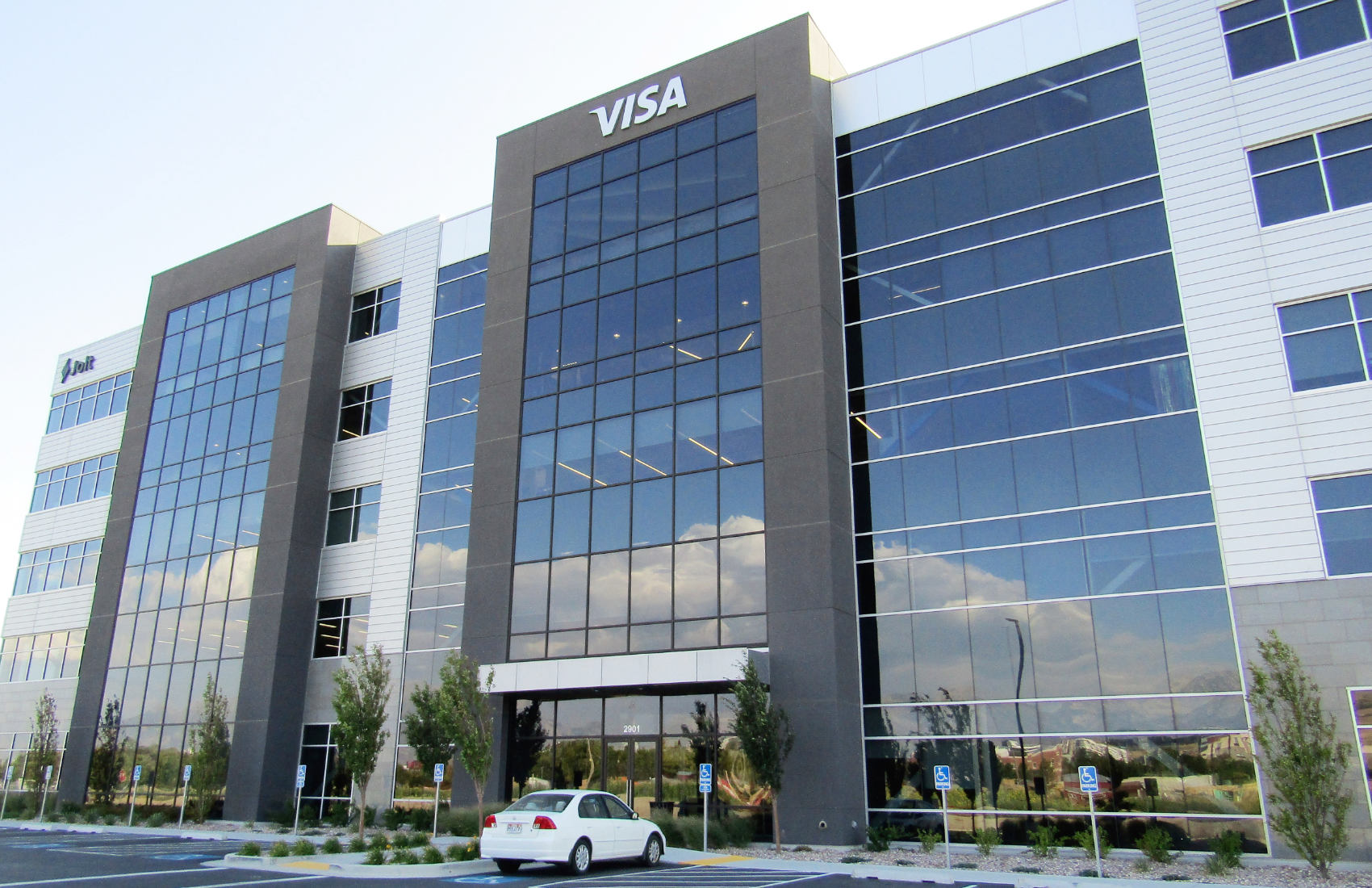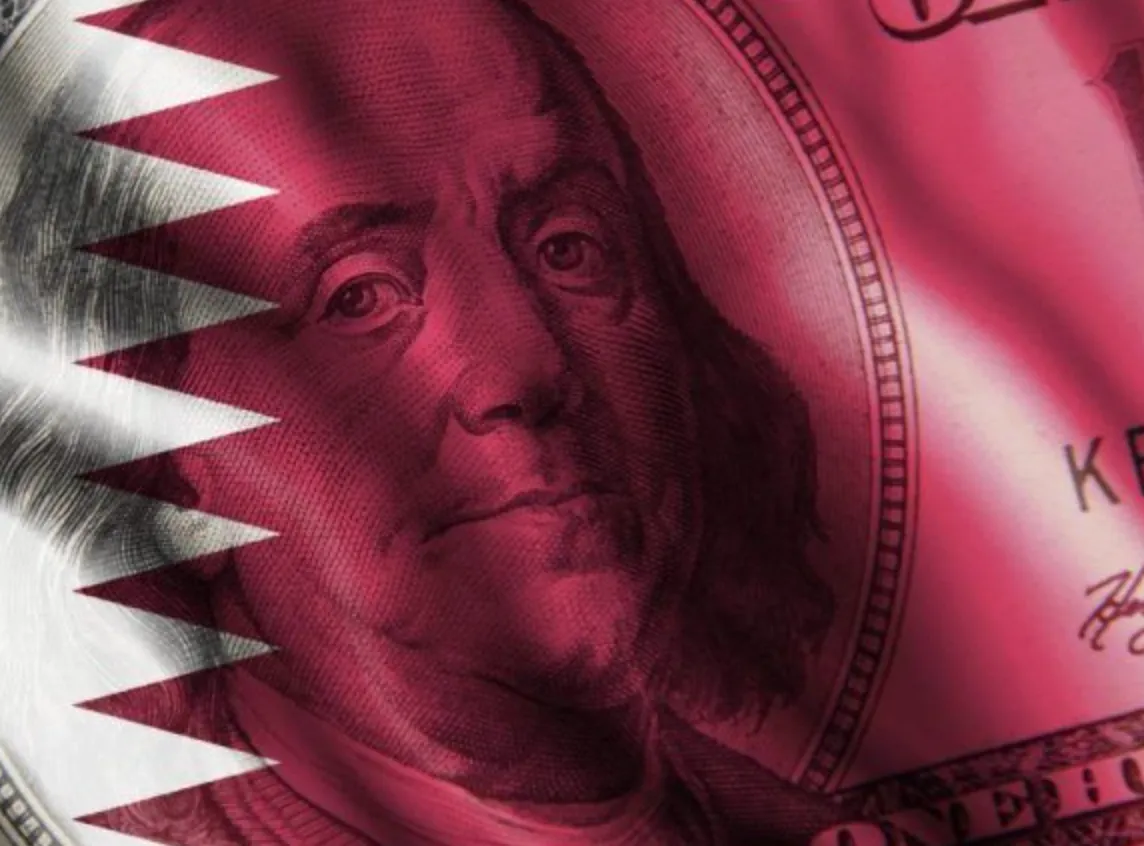Visa's Revolutionary Expansion into the Stablecoin Arena
The global payment giant, renowned for its innovative financial solutions, is pushing the boundaries of financial technology by introducing an exciting array of new settlement capabilities that promise to transform how digital transactions are processed worldwide.
Diversifying Beyond USDC: New Stablecoin Partnerships
Previously, Visa's settlement platform was limited to Circle's USDC token, but the latest developments have introduced a comprehensive portfolio of digital currency options. The platform now supports Paxos-issued stablecoins, including the Global Dollar (USDG) and PayPal's PYUSD, both firmly backed by the US dollar. This expansion represents a significant milestone in providing users and merchants with greater flexibility and choice in their digital payment solutions.
The innovation extends beyond dollar-backed currencies, as Visa ventures into European markets with the addition of Circle's euro-backed EURC. This strategic move opens doors for more versatile international transactions, enabling seamless cross-border payments that cater to the growing demand for European digital currency solutions.
Blockchain Technology Enhancement and Diversification
Visa's technological advancement doesn't stop at currency diversification. The settlement platform is significantly expanding its blockchain support by incorporating Stellar and Avalanche networks alongside the already established Ethereum and Solana blockchains. This multi-blockchain approach ensures enhanced transaction speed, improved efficiency, and greater scalability for users across different digital ecosystems.
The inclusion of Stellar, renowned for its low-cost cross-border transaction capabilities, and Avalanche, famous for its rapid processing speeds, demonstrates Visa's commitment to providing cutting-edge technological solutions. This diversification strategy ensures that the platform can handle various transaction types while maintaining optimal performance across different blockchain environments.
The Visa Tokenized Asset Platform Revolution
Since embracing stablecoin payment processes in 2023, Visa has pioneered collaborations with crypto exchange partners including Worldpay and Nuvei. While these services initially catered primarily to crypto and web3 firms, Visa's strategic vision extends far beyond these early adopters. The company has introduced the groundbreaking Visa Tokenized Asset Platform (VTAP), designed to serve its massive network of 15,000 banking partners.
VTAP represents a revolutionary fusion of traditional and digital finance, supporting both stablecoins and tokenized deposits. This comprehensive platform enables traditional banking institutions to seamlessly integrate digital asset technologies into their existing infrastructure, creating unprecedented opportunities for innovation in financial services.
Traditional Banking Integration and Future Outlook
The platform's impact on traditional banking is already becoming evident, with major financial institutions embracing this digital transformation. Spain's BBVA has announced plans to launch its own token, strategically designed to complement the bank's expanding retail cryptocurrency offerings. This development exemplifies how established financial institutions are leveraging Visa's innovative platform to enhance their digital service portfolios.
This integration between conventional banking systems and digital asset technologies represents more than incremental change in financial services. These strategic movements constitute a fundamental revolution in how financial transactions are processed, settled, and managed globally. The transformation mirrors the revolutionary impact of the internet's emergence, promising to reshape the entire financial landscape.
Looking Ahead: The Future of Digital Finance
Visa's comprehensive expansion into stablecoin settlements, combined with its multi-blockchain approach and traditional banking integration, positions the company at the forefront of the digital finance revolution. By providing robust, flexible solutions that bridge the gap between traditional finance and emerging digital technologies, Visa is creating a foundation for the future of global payments.
The seamless fusion of digital currencies with established banking networks through VTAP demonstrates the practical applications of cryptocurrency in mainstream financial services. This evolution hints at a future where digital assets and traditional fiat currencies coexist harmoniously, offering consumers and institutions unprecedented flexibility, efficiency, and global accessibility in their financial transactions.










